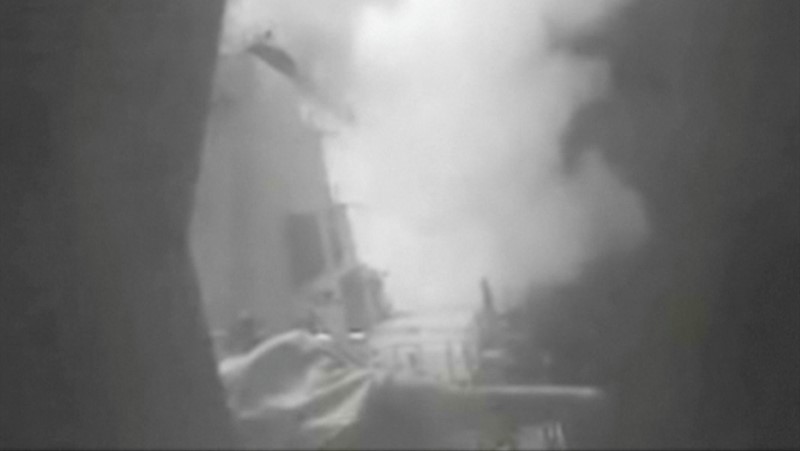
By Noah Browning
DUBAI (Reuters) – Already suffering grievously under nearly two years of civil war, many thousands of Yemeni state workers now face destitution as their salaries have gone largely unpaid for months.
The immediate reason is a decision by the internationally-recognized government to shift Yemen’s central bank out of Sanaa, the capital city controlled by the armed Houthi movement with which it is at war.
Underlying the bank’s move to Aden, the southern port where the government is based, is a struggle for legitimacy between the two sides. The result is to deepen economic hardship when four-fifths of Yemen’s 28 million people already need some form of humanitarian aid, according to U.N. estimates.
“I sold everything I have to cover the rent and the price of the children’s school and food. I have nothing left to sell,” said Ashraf Abdullah, 38, a government employee in Sanaa.
“Salaries have become a playing card in the war, and no one cares about the fate of the people who die of starvation every day,” the father of two told Reuters.
At least 10,000 people have been killed in the fighting while millions face poverty and starvation. Saudi Arabia intervened in March 2015 to back President Abd Rabbu Mansour Hadi after the Houthis, who are aligned to Riyadh’s regional rival Iran, pushed him out of Sanaa.
The administration in Aden says it had to move the bank in August because the Houthis had looted the funds to pay soldiers and fighters waging war against it – a charge the group denies.
It has promised to pay salaries to public servants even in the main population centers which are mostly in Houthi hands. Prime Minister Ahmed bin Dagher said it had sent off a payment on Wednesday but banking sources say this covers only December, and four months of wages remain unpaid for most employees.
The crisis has affected tens of thousands of employees in Sanaa alone, a source in the Civil Services ministry said.
It is unclear how many of the 250,000 employees registered nationwide before the Houthis seized Sanaa in 2014 have received incomplete salaries – as a large proportion in government-held areas have been paid.
Nor is the number of public workers appointed by the Houthis after their rise to power, estimated in the tens of thousands.
The government denies it is trying to undermine support for the Houthis – whom it calls “coup militia” – by impoverishing state workers living under their rule. Instead, it accuses the Houthis of obstructing the payments and insists they be the ones to disburse the funds.
“The coup militia … (is) refusing to hand over lists of employees’ salaries in institutions and government agencies in the capital Sanaa and the provinces they control,” government news agency SABA quoted an official as saying.
(For a graphic on battle for control in Yemen, click http://tmsnrt.rs/2jV4tDI)
NATIONAL AUTHORITY
While the Houthis still control the main towns and cities in the north and west, they have steadily lost ground to government troops backed up by thousands of Gulf Arab air strikes.
Still, the government struggles to extend its influence over the land it nominally rules. It also faces a southern secessionist movement, restive tribes and Islamic militants, while many services such as electricity and water are scarce.
In the struggle for legitimacy, both sides appear keen to deprive the other of any mantle of truly national authority which paying salaries across the battle lines would confer.
Current and retired soldiers demanding their dues have even regularly demonstrated in Aden’s streets in recent days, suggesting the non-payments may not be strictly political.
Diplomats and analysts worry about the consequences of transferring the bank away from its veteran staff in Sanaa.
“The new central bank in Aden remains unequipped – on the basis of manpower alone – to handle the duties that its predecessor institution did,” said Adam Baron, a Yemen expert at the European Council on Foreign Relations.
The new bank denies this and says it is committed to working impartially and overcoming wartime confusion to do its job.
Meanwhile, many Yemenis can no longer wait for a solution.
“This is our fifth month without a salary, and we live by borrowing from the corner store, but now they are refusing to give us anything are calling in their debt, said Abdullah Ahmed, 50, a soldier in the interior ministry. “The landlord is demanding rent for the apartment … we’re dying, not living. Every door is being closed in our faces.”
(Editing by Tom Finn and David Stamp)

